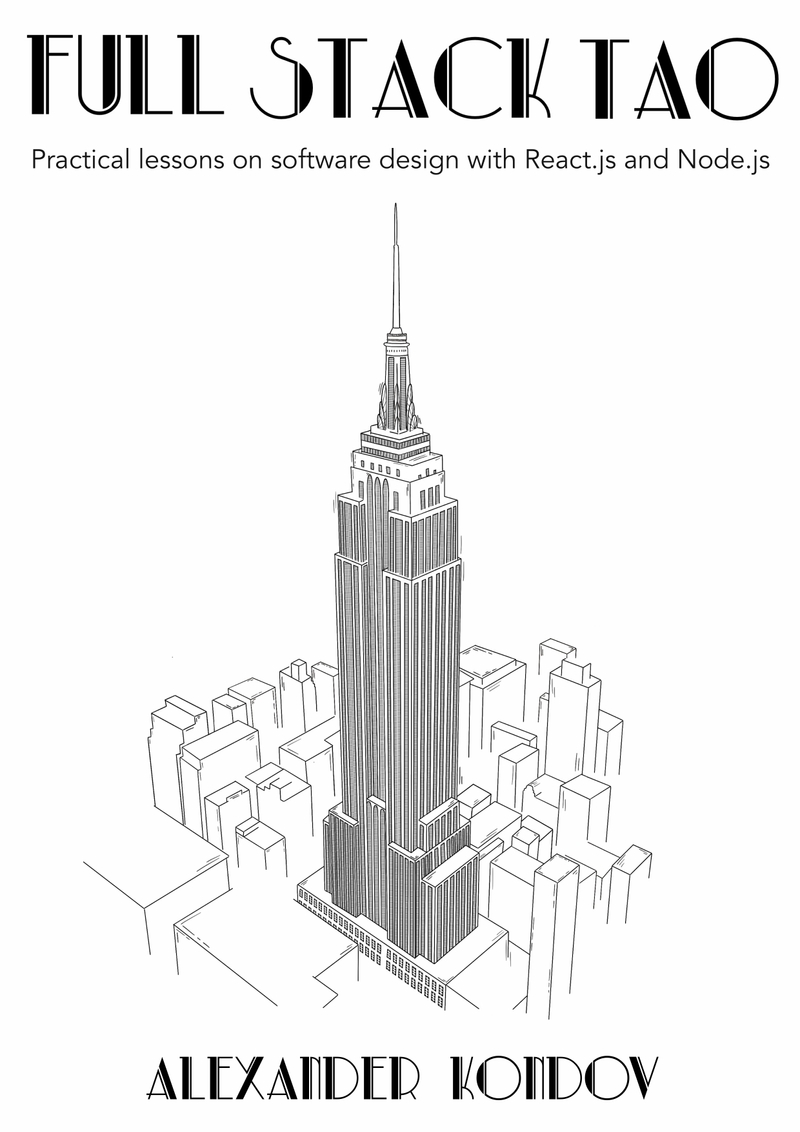The big idea of building startups in the last two decades was idea validation. Ensure you’re on the right track before investing excessive time and money into a company. But I’m thankful I learned how to program so I don’t have to do rigorous research whenever I get the spark for a new idea.
I just go out and build it.
That’s what I did with my writing app - Tavern. It sends all its users a new prompt once a week, and they can only see what others have written after they answer. I wanted it to be a fun way to exercise your writing skills while feeling like you’re part of a community.
You can code the whole thing in a weekend, but solving the product problems around it takes a lot longer.
The “Participation Wall”
A lot of people are interested in writing. It’s become one of the hobbies everyone loves to dream about doing but never actually sit down with the pen. The point of hiding the answers behind a “participation wall” and deleting everything after a week was to create a low-stakes environment where people could publish something in front of others.
I got around 150 people to sign up for Tavern during its first two days, and around half of them answered the first prompt. This means that half the user base is lurkers. I was happy with fewer people on the app if it meant they were all active.
But I didn’t consider alternative ways besides the “wall” to encourage lurkers to participate.
Tavern’s growth plateaued quickly precisely because people can’t share content with others. The app couldn’t get natural word-of-mouth marketing because people who didn’t participate most likely didn’t share it with their friends.
And those who did couldn’t show their write-ups to anyone.
Coincidentally, at the time I was working on Tavern, I was also writing my bachelor’s thesis on the topic of startup marketing. And this was one of the frequently-made mistakes - limiting the natural growth of the business.
I recognize this as a problem, but at the same time, I want to foster a community, not just optimize an arbitrary growth metric. So I’m still meditating on how exactly I could fix this in the future. One approach I’m considering is pinning the top answers on the website when the prompt is over.
This way, writers get a reward, and the app gets promotion material.
Prompt Length
I set the prompt length at a week, thinking that a longer timespan would give people time to reflect deeply on their write-up before submitting it. This was an outright mistake.
I noticed people who engaged with the prompt answered during the first 2-3 days. After Wednesday, Tavern rarely got new entries. Because of the lack of new write-ups, people didn’t open the app until Monday, when they got a notification email.
So people either wrote something immediately or not at all.
It hurts me to admit that a random commenter on Hacker News was right - this was a poor formula for community building. I think prompts need to be three days long at best.
Write-Up Length
The next problem was the answers. I wanted to put constraints around them so all submissions are similar in length. I didn’t want someone to write a haiku, while another user submits the entire script for The Bee Movie.
The limit I put for every answer was between 6 and 200 words.
The lower limit was a mistake. Many users submitted low-effort posts that barely exceeded the word limit just to see the other answers.
Of course, a one-liner can be powerful. But most people can’t compress too much emotion into a single sentence. Plus, some of the questions required nuance and verbosity. One was whether it’s ever okay to betray a good friend.
Only a few answers dared to dive into the complex dynamics of friendship and betrayal. Most just wrote down the morally right thing to do with as few words as possible, afraid to delve deeper.
But good writing is not found on the surface. It’s hidden a few inches under, in old scars and wounds still fresh.
Marketing Mistakes
Two weeks after the release, people were no longer engaging with my social media posts about Tavern. At the same time, whenever I posted a tech tip on Twitter or something inspiring on LinkedIn, I got the response I expected.
So either Tavern sucks, or I’m not good at writing promotional posts.
Perhaps the truth is somewhere in the middle. Tavern has a lot to be improved, but overall the reaction I got was positive. I could’ve made a video or something more personal instead of the low-effort posts with the same image every week, sharing the new prompt.
This is a personal lesson that even though I’m a fine builder, I need to improve at selling.
A Sideline on Validation
When I say that I don’t do validation, I say it tongue in cheek. An eye-opening book called “The Mom Test” taught me how to talk to people about my ideas in a way that’s not salesy and allows me to get real information before building.
But there’s no better way to test the water for a software product than to put it out there and see if people use it. Of course, you need to scope it to the minimum number of features that will allow users to experience it, and that’s what I did with Tavern.
I never would have learned so much about people’s behavior if I had stuck with questions, though.
Launching a Product
I botched the launch.
I should’ve warned people a few days before the release to generate more hype and prepare them. I also shared the wrong link to Product Hunt and found out about it hours after when it was too late to do anything.
I missed out on potential attention because of that.
The landing page is pretty minimalistic to be in tune with Tavern’s simple nature, but it doesn’t do enough to convince aspiring writers. When you open Reddit or another community, you immediately see content. On Tavern, you see a pitch.
That’s not enough.
What’s Next?
Right now I’ve stopped Tavern to take a breather and think about the future. Maybe I’ll change the things that didn’t work and launch it again, maybe I’ll rework the entire concept. But writing is a big part of my life, and I haven’t given up on creating a product around it.

